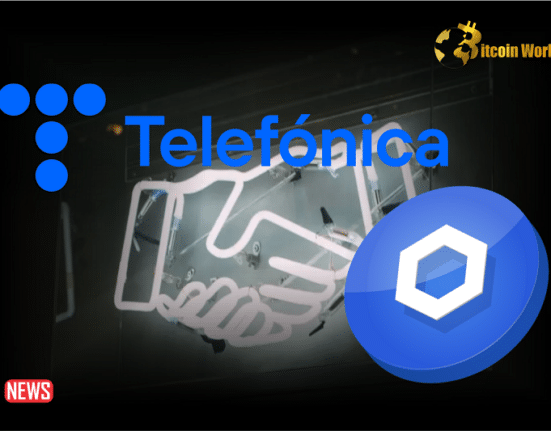Over the years, memecoins have taken the cryptocurrency world by storm, captivating both experienced and novice investors with their viral nature and the allure of quick profits. However, a recent survey of 1,503 global cryptocurrency investors revealed that a staggering 73% now view investing in meme-coins as akin to gambling. This perception is primarily fueled by investors’ tendency to jump into these high-risk assets without conducting thorough research.
Among the survey’s key findings, security concerns stand out as a significant factor. A substantial 70% of investors believe that most meme-coins carry inherent risks and may even be considered scams due to their unpredictable nature. This perception arises from the observed trend where meme-coins experience significant price spikes initially, only to suffer drastic value declines later.
Despite security concerns, 53% of respondents expressed optimism, believing there are still opportunities to profit from meme-coins before their value declines. Many investors view meme-coins as a short-term investment avenue, capitalizing on social media hype and frenzy for quick gains.
The survey also revealed that a concerning 51% of memecoin investors spent less than an hour researching these assets before making investment decisions. This hasty approach contributes to the perception that meme-coin investing is similar to gambling.
It’s essential to contextualize these insights within the broader cryptocurrency landscape. Memecoins are unique assets, distinct from established cryptocurrencies like Bitcoin and Ethereum, and their value is often tied to internet trends and virality rather than underlying technological fundamentals. This makes them highly susceptible to market sentiment and social media hype, leading to wild price fluctuations.
Investors must approach meme-coins with a clear understanding of their speculative nature and conduct thorough due diligence before investing. Evaluating the project team, community engagement, and utility beyond memes is crucial in making informed decisions.
Diversification remains a crucial strategy to mitigate risks associated with meme-coins. Allocating a small portion of one’s portfolio to speculative assets, including meme-coins, can provide upside potential while safeguarding the overall investment strategy.
The outlook for meme-coins is uncertain due to their volatile nature and susceptibility to market sentiment. As the cryptocurrency market evolves, regulatory scrutiny may increase, impacting the hype-driven nature of meme-coins.
However, it’s essential to recognize memecoins’ role in driving innovation and raising awareness of cryptocurrencies. They have brought a wave of retail investors into cryptocurrency, democratizing digital asset access. Some memecoins have evolved into more robust and sustainable projects, leveraging community support to expand use cases and improve underlying technology.
Memecoins have sparked enthusiasm and curiosity in the crypto community. While they present high-risk investment opportunities, they also hold the potential for quick profits. Investors must maintain a balanced perspective, acknowledging the speculative nature of memecoins while recognizing their potential for innovation and community-driven growth. Success or failure in the meme-coin landscape will depend on their ability to offer real utility and value beyond mere memes. Projects demonstrating meaningful use cases and long-term sustainability are more likely to endure.















